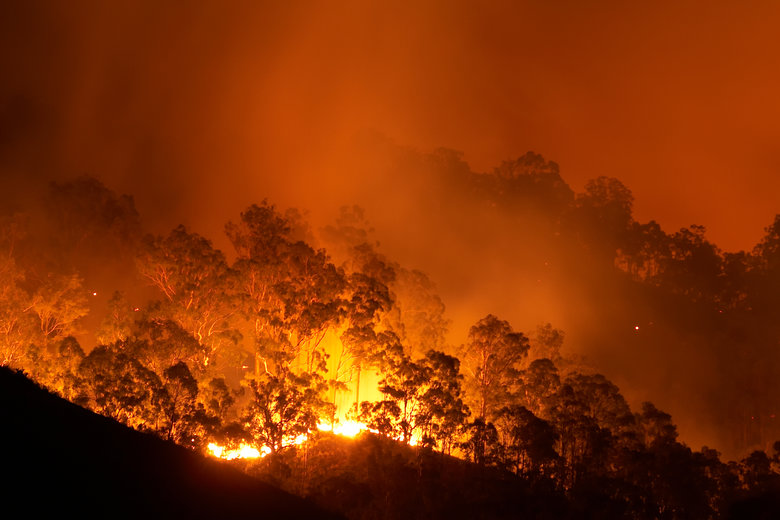
The federal government will invest more than $88 million to establish a national research centre for natural hazards, bushfires and climate risks.
The ten-year funding will be used to turn the Bushfire and National Hazards CRC (BNHCRC), formerly the Bushfire CRC, into a dedicated research facility, emergency management minister David Littleproud says.

He says $2 million of the funds will be dedicated towards research into the Black Summer Bushfires that saw waves of destructive and intense fires sweep across parts of Australia last summer.
“We welcome today’s announcement from the Australian government to continue funding natural hazards research in Australia,” the BNHCRC said last Friday after the announcement.
“Importantly, we’ll receive $2 milllion to immediately investigate key issues from the 2019/20 bushfire season.”
The centre will also research flood, cyclones and other weather and climate-related disasters.
“The scale of the disaster season Australia experienced last summer was unprecedented, and the horrific Black Summer bushfire lingers in the national psyche,” Mr Littleproud said.
“The new centre will deliver world-leading, evidence-based research to support the needs of our emergency services and communities across Australia to reduce climate and disaster risks, and prepare for, respond to and recover from future natural disasters.”
The Department of Home Affairs, via Emergency Management Australia, and the Department of Industry Science Energy and Resources will work with stakeholders including CSIRO and the Australasian Fire and Emergency Services Authorities Council to establish the new centre over next year 12 months.
The centre will co-funded by state and territory governments, emergency service agencies, universities and industry partners.
CSIRO Chief Executive Larry Marshall said the recent devastating fires highlighted the need for the nation to be better equipped in the future.
He said increasing climate variability and exposure to hazards called for a national response.
“Climate change means the frequency and severity of these events will be a factor into the foreseeable future,” Dr Marshall said in a statement.
“The establishment of the new centre will bring together world-leading science and technology capability, together with Australia’s frontline responders to help our nation prepare for and confidently deal with what lies ahead.”
The BNHCRC and University of New England will on Wednesday (July 29) release the Australian Disaster Resilience Index, which is designed to help provide guidance for policy, planning and community engagement at all levels of government.
Comment below to have your say on this story.
If you have a news story or tip-off, get in touch at editorial@governmentnews.com.au.
Sign up to the Government News newsletter